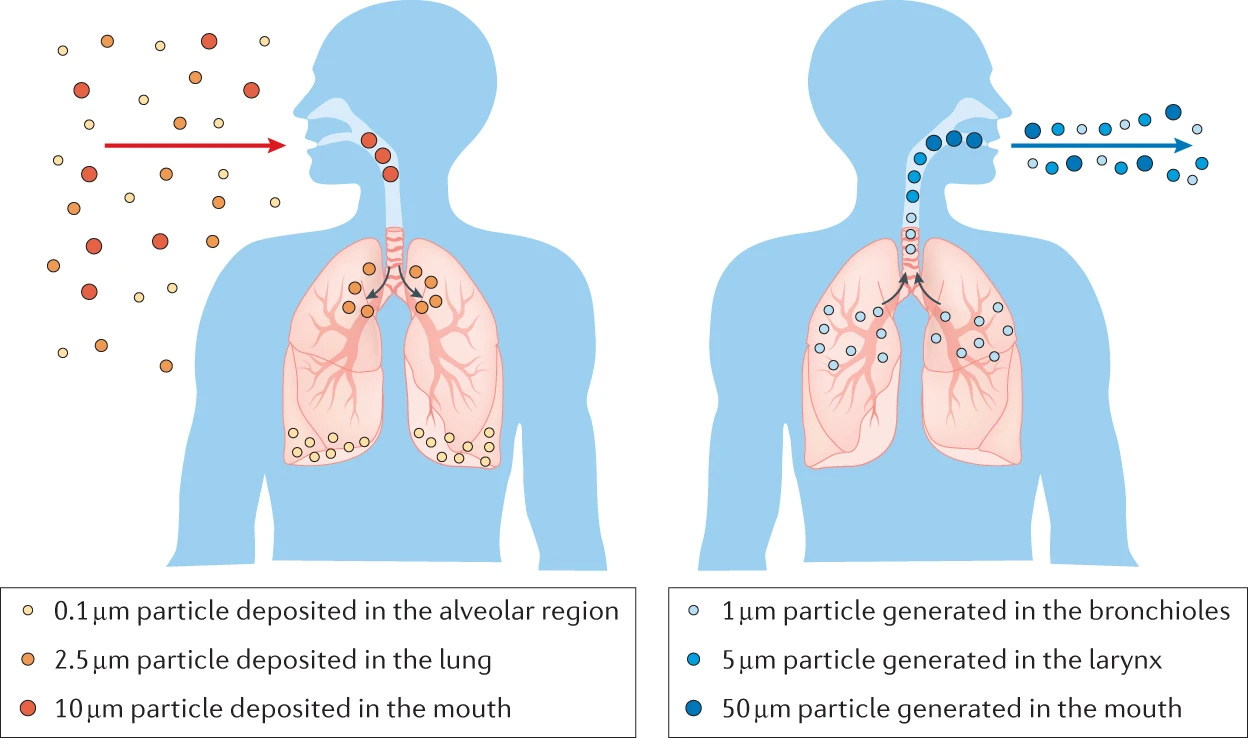An Introduction to Ventilation
Why Ventilation is Essential for Healthy Indoor Spaces
Why Move Air?
Have you ever been inside a building that felt stuffy or made breathing difficult? Or did you notice strong, lingering smells? Those kinds of buildings likely had no or poor ventilation. On the flip side, buildings that feel fresh and comfortable usually have better ventilation with treated air.
Why do we want to move air in the first place? Let’s make a quick list:
Make us warmer when we’re cold, and cooler when we’re warm
Remove moisture from showers, baths, wet clothes, sweating, and humidified air from large groups of party people breathing and dancing
Remove cooking and bathroom odors
Remove smoke from fireplaces and burning food, and emissions from gas water heaters and cooktops
Keep floor and wall surfaces drier
Remove aerosols like fine dust, allergens, smoke, and bioaerosols like viruses, fungi, bacteria, pollens, animal dander, and other allergens.
That’s a lot!
Ventilation is the process of supplying and distributing air or removing air from a space to control contaminant levels, humidity, or temperature within the space. Building ventilation can be divided into three categories: infiltration, natural ventilation, and mechanical ventilation.
We encounter ventilation, called infiltration, from the unintentional introduction of outdoor air into indoor spaces through the cracks and small holes in buildings.
“Natural” ventilation occurs from open doors, windows, and fireplace chimneys. It may be less effective than mechanical ventilation because it can be unpredictable and depends on many factors outside your control. We talked about the impact of outside air on natural ventilation in this post:
Fresh Versus Clean Air
The weather is getting better and you’re stuck inside working from home. Now that spring is in full bloom, you’re ready to open the windows and let in some “FRESH” air! But before you do, we need to talk about something important: Outside Air (let’s abbreviate it to “OA”).
Mechanical ventilation is often used for indoor spaces because it can move more air, filter it, and condition it.
Do you use a combination of natural and mechanical ventilation?
Indoor Air Quality and Ventilation
The importance of ventilation has gained more attention due to the COVID-19 pandemic. We now know that not only COVID-19 but many respiratory viruses can spread through the air. Since we spend so much time in buildings, the indoor air we breathe plays a big role in the risk of getting sick from these airborne diseases.

In a previous post, we looked at the different sizes of airborne particles.
When we talk or exhale, we release tiny particles into the air. If we have an infection, those particles might be or have the virus. The virus is mainly found in particles smaller than 5 microns, particles we can’t see. To understand how small that is, think of human hair, which is about 50-70 microns thick.
These tiny particles can travel more than 6 feet and get caught up in room air movement and flows. As someone continues to cough, the particles build up inside rooms and buildings if there isn't enough outside air introduced or if there aren't good filters to catch them.
A New Air Quality Standard
Ventilation standards should have focused more on keeping us healthy in the past; unfortunately, a global pandemic caused this to begin to change. Even though we know ventilation is important, few guidelines have been provided for building managers and occupants to follow.
That's why the Standard 241, developed by the American Society of Heating, Refrigerating and Air-Conditioning Engineers (ASHRAE) was created. This standard, created in June 2023, sets minimum requirements for reducing the spread of diseases through the air in new and existing buildings. This is a big deal because we're starting to take indoor air quality more seriously.
This new standard includes infection risk management mode, equivalent clean airflow rate, filtration and air cleaning technology, and planning and commissioning. These aspects help ensure the clean and safe air we breathe indoors.
Good ventilation in buildings is essential for our health, and ASHRAE Standard 241 is a big step forward in ensuring clean air to breathe indoors.
Ventilation is crucial for indoor air quality, impacting your health and comfort. It also plays a role in the efficiency and maintenance of your home and workspace! We’ll continue to explore this topic in future discussions. What type of ventilation system do you have in your home workspace?


